Escalator Step Chain
There are various types of step chains and roller chains used in escalators. Escalator step chains are more durable than regular chains, as the pin diameter is larger and can carry more weight than regular chains. Moreover, they are designed with tight coordination between step chains and chain links to reduce the noise of the ride. Moreover, there are lubrication-free and low-noise chains, which are ideal for escalators installed in quiet environments.
Escalator Step Chain
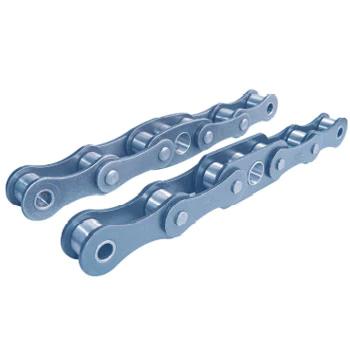
Step chains in escalators are made with varying pitches to minimize the effects of chordal action. The smallest pitch in an escalator step chain makes it work more smoothly. Installation of an escalator step chain varies by country and building. The bearing part of the chain plate is the focal point of the chain plate and is where the step shaft rests. The extension of the pins on the step shaft and step side will carry the weight of the steps.
Step chains on an escalator are a special type. These escalator components are used to move passengers up and down the escalator. However, the problem with these components is that they can be challenging to assemble and disassemble in the field. It is difficult to force the connecting axle and stub axle together. For a proper press fit, you will need to heat the connecting axle and stub axle and then press them together.
Specifications of Escalator Step Chains
There are various types of step chains and roller chains used in escalators. Step chains are more durable than regular chains, as the pin diameter is larger and can carry more weight than regular chains. Moreover, they are designed with tight coordination between step chains and chain links to reduce the noise of the ride. Moreover, there are lubrication-free and low-noise chains, which are ideal for escalators installed in quiet environments.
Chain No. Pitch Roller diameter Width between inner plates Pin diameter Pin length Inner plate depth Plate thickness Distance between steps (three pitches) Ultimate tensile strength Average tensile strength Weight per step P d1 b1 d2 L
maxh2 t/T Le Q
minQ0 q mm mm mm mm mm mm mm mm kN/lbf kN kg ST131 131.33 80.00 27.0 24.00 54.5 50.0 5.0 394.00 180.0/40465 198.0 3.700 T131 131.33 80.00 27.0 14.63 54.5 50.0 5.0 394.00 180.0/40465 198.0 2.480 JJT131 131.33 80.00 27.0 14.63 56.5 35.0 5.0 394.00 123.0/27651 150.0 2.310 ST133 133.33 70.00 27.0 14.63 55.0 40.0 5.0 400.00 180.0/40465 198.0 2.450 JJT133 133.33 70.00 27.0 14.63 56.5 35.0 5.0 400.00 127.4/28640 140.1 2.380 ST133F1 133.33 80.00 27.0 24.00 54.5 50.0 5.0 400.00 180.0/40465 198.0 3.530 ST133F3 133.33 75.00 25.4 14.63 54.2 35.0 5.0 400.00 123.0/27651 135.3 2.160 ST133F4 133.33 76.00 27.0 14.63 55.0 40.0 5.0 400.00 180.0/40465 198.0 2.500 ST133F5 133.33 39.37 33.7 22.00 70.0 60.0 7.0/6.0 400.00 350.0/78683 385.0 4.776 ST133F6 133.33 39.37 33.7 16.00 65.0 50.0 5.0 400.00 170.0/38217 187.0 3.360 JJT131F1 131.33 76.20 23.6 12.70 52.0 35.0 5.0 394.00 90.0/20232 99.0 2.050 JJT131F2 131.33 76.20 23.6 12.70 52.0 35.0 5.0 394.00 90.0/20232 99.0 2.050 JJT131F3 131.33 76.20 23.6 15.00 52.0 35.0 5.0 394.00 123.0/27651 135.3 2.200 JJT131F4 131.33 76.20 23.6 15.00 52.0 35.0 5.0 394.00 123.0/27651 135.3 2.200 ST135F2 135.47 76.20 23.6 12.7/15.0 54.2 35.0 5.0 406.40 90/20232 99.0 2.050
Chain No. Pitch Roller diameter Width between inner plates Pin diameter Pin length Bush diameter Bush length Plate dimension Distance between steps Ultimate tensile strength Average tensile strength Weight per step P d1 max b1 d2 L
maxLc max d3 d4 L1
maxh2 max t/T Le Q
minQ0 q mm mm mm mm mm mm mm mm mm mm mm mm kN/lbf kN kg C-13T 68.40 32.0 20.6 14.29 45.0 50.85 23.5 28.5 40.85 38.5 4.8 410.4 127.4/28640 140.0 2.30 P67-FD 67.73 28.5 27.0 14.29 52.3 57.00 23.0 27.0 36.85 38.0 4.8 406.4 130.0/299225 140.0 2.19 C-16V 68.40 28.0 29.6 14.29 53.9 59.60 22.0 26.0 29.35 39.6 4.8 410.4 161.7/36351 178.0 2.38 C-12V 68.40 28.0 20.7 12.70 41.9 47.40 21.0 26.0 30.50 39.6 4.0 410.4 140.0/31473 154.0 1.82 C-8V 68.40 28.0 20.7 12.70 41.9 47.40 21.0 26.0 30.50 39.6 4.0 410.4 100.0/224809 110.0 1.82 ST67HF2 67.73 28.5 27.0 14.63 52.7 57.00 23.0 27.0 36.85 40.0 4.8/5.5 406.4 186.2/41859 204.0 2.31 ST67HF1 67.73 28.5 27.0 14.63 52.7 57.00 23.0 27.0 36.85 40.0 4.8/5.5 406.4 160.0/35969 176.0 2.31
Chain No. Pitch Roller diameter Width between inner plates Pin diameter (Hollow) Pin Diameter Pin length Plate dimension Ultimate tensile strength Average tensile strength Weight per step P d1
maxb1
mind2
maxd3
maxd4 max L
maxLc max h2 t/T
maxQ
minQ0 q mm mm mm mm mm mm mm mm mm mm kN/lbf kN kg PT135HP 135.46 45.0 23.0 25.0 20.0 28.0 47.1 55.1 70 6.0/5.0 250/56202 275.0 4.5
How an Escalator Step Chain Works?
An escalator step chain is a type of conveyor made up of small pitch chains that are installed on attachments. These chains carry the material directly on the chain or onto jigs installed on the attachments. Each attachment has a specific type of material to convey. There are many different types of attachments, and modern standard ones are available for fast delivery and economy. The steps on an escalator should support at least 450 kg/m2 of load without distortion.
Escalator Step Chain Replacement
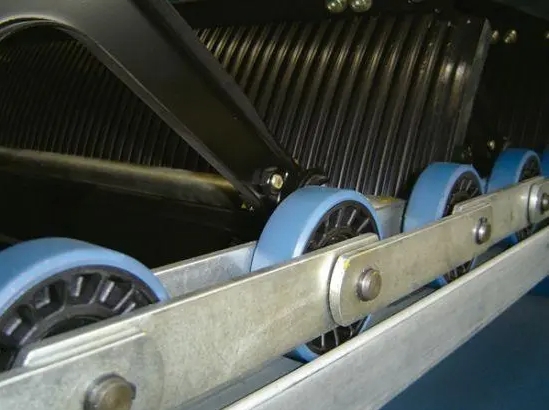
After you have removed the large chain, it is time to install the new step chain. It should be placed outside of the large frame. Once the chain is installing, you must install the guide chain around it. You must ensure that you use a constant track route when replacing the large chain. You cannot do this work on an individual basis. Ideally, you should have a team of two people to perform this job. If you are replacing a single chain, this work will take around one day.
Escalator Step Chains and Sprockets
There are several types of chains and sprockets to choose from. Some are narrow, others are wide, and each has a different pitch diameter and sprocket bore. For example, chains with large pitch diameters require sprockets with larger teeth than those with smaller roller-pin centers. Ultimately, you should choose sprockets that fit the chain and bike properly.
Our escalator step chains and sprockets are highly reliable and durable products. A steel finish is common. Customized for specific applications. There are also several different sizes of sprockets, which will depend on the amount of torque they must exert. If you need to choose a sprocket with an ANSI number, you should select the one that meets the exact requirements of your machine.
Metal sprockets have different designs and for both types of applications. Steel split sprockets are easy to install and remove. They can also be made of aluminum. Stainless steel sprockets are available for extremely corrosive environments. As one of the professional transmission parts manufacturers and suppliers, Power-trans has a wide range of drive chains and sprockets for sale. Contact us now!
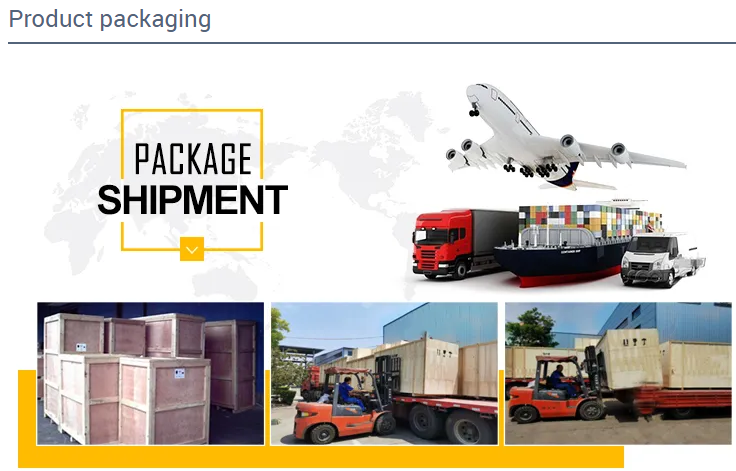
Packing Shipping Delivery
  |
 |
|
 |
 |
|
How to choose power transmissions parts and industrial products which meet our requirement
| Chains | Sprockets | Pulleys | Timing belt Pulley | V-belt Pulley |
| Sheaves | Coupings | Bush &Hub | Gear& Rack | V-Belt |
| Locking Assembly | Pulley | Gearbox | Reducer | Shaft Collar |
| Rod End Bearing | Clevis | PTO | Chain Guide | Belt Guide |
| Rubber Buffer | Chain Tensioner | PTO Drive Shafts | Universal Joints | Roller Chains |
| Conveyor Chains | V-Belts | Worm Gearbox | Helical Gear | Worm |
| Agricultural Chain | CNC Proces Parts | Casting | Stamping | |
| Powder Metallurgy | CNC Proces Parts | Casting | Stamping |
What Products Do you sell ?
We are a group of factories, give customer one stop solution of power transmission and industrial products. We are in the position to supply wide range of products, including chains, sprockets, v-belt and v-belt pulleys, timing belt and timing belt pulleys, gears, speed reducers, motors, racks, couplings, and many other parts, like locking assembly, taper bushing, Chain guide, shaft collar, torque limiter, cam clutch, universal joint, motor base and motor slide, rod end, clevis, rubber mount, etc. We make special parts according to drawings and/or samples.
How to choose a gearbox which meets our requirement?
You can refer to our catalogue to choose the gearbox or we can help to choose when you provide
the technical information of required output torque, output speed and motor parameter etc.
What information shall we give before placing a purchase order?
a) Type of the gearbox, ratio, input and output type, input flange, mounting position, and motor informationetc.
b) Housing color.
c) Purchase quantity.
d) Other special requirements.
What industries are your gearboxes being used?
Our gearboxes are widely used in the areas of textile, food processing, beverage, chemical industry,
escalator,automatic storage equipment, metallurgy, tabacco, environmental protection, logistics and etc.
What is the producing process?
Production process including raw material cutting, machine processing, grinding, accessories cleaning, assemble, cleaning, stoving, oil coating, cover pressing, testing, package.
How to control the products quality?
Combining advanced equipment and strict management, we provide high standard and quality bearings for our customers all over the world.
What is the transportation?
-If small quantity , we Suggest to send by express, such as DHL,UPS, TNT FEDEX. If large amount, by air or sea shipping.
Can we design packaging?
-Yes. Default is regular packing, and we can make customer's own packing.
Can you provide OEM service?
-Yes, we work on OEM orders. Which means size, quantity, design, packing solution, etc will depend on your requests; and your logo will be customized on our products.
Can you give me discount on Power Transmissions Parts and Industrial parts?
-Yes, of course. Pls. send me your Email, you'll get more
Q: Are You a trading company or a manufacturer?
A: We Are the factory and have our Own trading company
Q: How Can I get an offer?
A: please send US quotation information: drawings, materials, weight, quantity and requirements, we can accept PDF, ISGS, DWG, STEP file format. If you don't have the drawings, please send us the samples, we can also quote you according to your samples.
Q: What is your minimum order size?
A: it is usually 100 pieces, but a low quantity is acceptable under some special circumstances.
Q: Do you provide samples? Is it free or extra?
A: Yes, we can provide samples free of charge, but we don't pay the freight.
Q: What is the lead time for mass production?
A: honestly, it depends on the number of orders. Normally, if you don't need the tools, deposit them after 30 days or so.
Q: What if the parts don't Work?
A: we can guarantee the quality, but if it happens, please contact us immediately, take some photos, we will check the problem and solve it as soon as possible.
Q: What are your terms of payment?
A: payment is less than US $1000,100% in advance. Payment: $1000,50% wire transfer in advance, balance before shipment,Other Terms of payment are negotiable

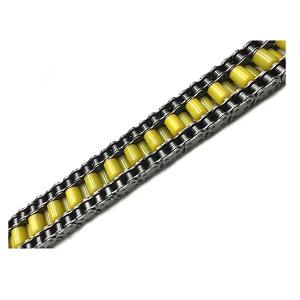
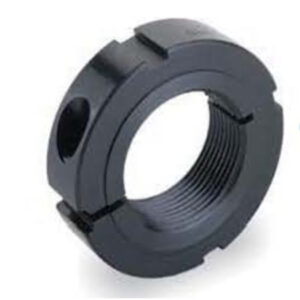
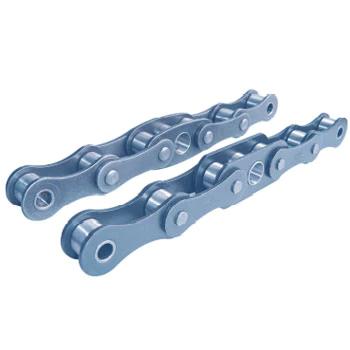
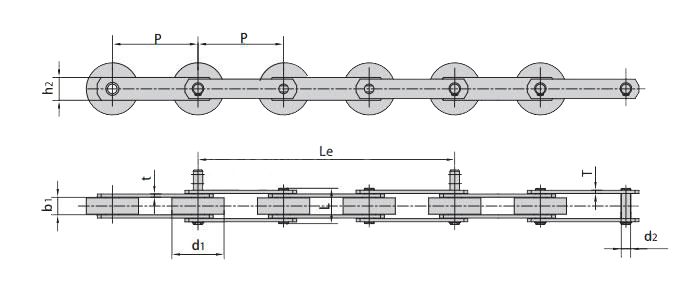
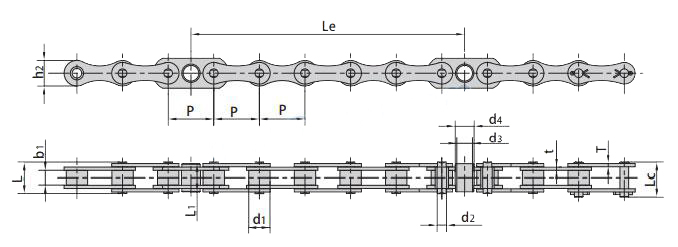

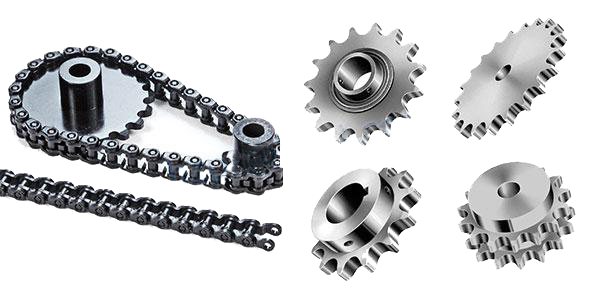
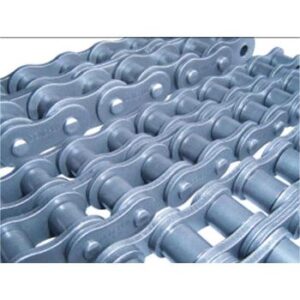
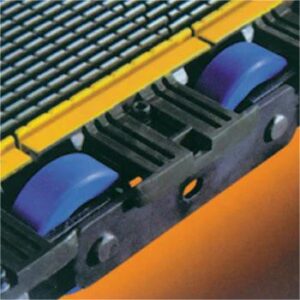
Reviews
There are no reviews yet.